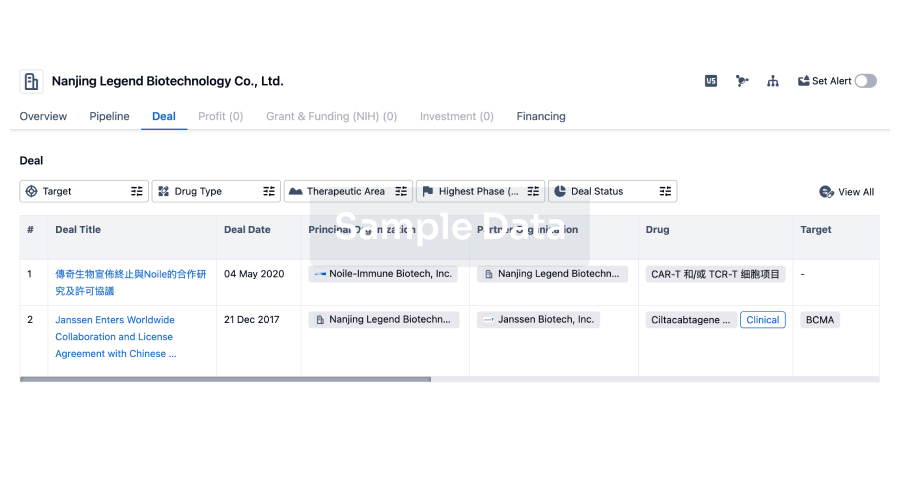The Eagle Ford Shale has emerged as one of the premier unconventional resources in North America. Explosive development has propelled the play to current volumes of 1700 Mbbls/day of oil and 7 bcf/day gas (EIA, March 2015). Despite this incredible achievement many operators are wanting more; utilizing innovative development strategies to enhance overall field recoveries. This strategy seems to be warranted given expected recoveries are typically low for an immense ultimate technically recoverable resource of 17 Tcf gas and 4.2 Bbbls oil (EIA, 2014). From these metrics it is clear to see that optimizing recovery can have dramatic and profound impacts; a conservative 5% recovery increase would yield an additional 1Tcf gas and 200 MMbbls oil. A systematic approach and associated findings in implementing optimized recovery methods by the use of multizone (staggered; chevron well pattern configuration) downspacing within the Eagle Ford development area will be presented. The approach will be outlined through the use of numerous datasets including: the review of public production data, published analogue data, decline curve analysis, reservoir modeling, wireline log datasets, buried array microseismic, and geochemical datasets. Current well results, including raw production volumes and rate transient analysis outputs, will be shown to be supporting predicted and modeled results. This study will bring forward new findings in the effectiveness of current hydraulic fracturing techniques in regards to reservoir drainage limits, expected ultimate field recoveries, and the implications to staggered downspacing. The success of current staggered tests is expected to have a significant impact on future drilling inventory and subsequent asset value, with potential field recoveries being increased by 4 to 7 times current field averages. Introduction Optimizing recovery implies an increase in the recovery factor; defined as the percentage of total hydrocarbons recovered (ultimate producible volume) from a given field (rock volume) (Shepard, 2009). Fundamentally this process is tied to the geological (inherent reservoir parameters), but also the technological capabilities of the recovery method (the interplay of physical and economic elements) (Shepard, 2009). The recovery of hydrocarbons in ultra-low permeability unconventional reservoirs involves producing out of induced hydraulic fractures. As such, this recovery method is largely dependent on the technical limitations and economics of the process. This is assumed to hold true within different plays, and even more so within specific fields or development areas where reservoir properties become ever more similar. In other words, it suggests that ultimate recovery is limited more so by the recovery method (i.e. hydraulic fracture process) than the rock. An industry review of operator published well recoveries (estimated ultimate recoveries, EUR) was compiled with internal values to create an Eagle Ford dataset. This data was then compared to hydrocarbon in-place (HCIP) mapping of the Eagle Ford and Austin Chalk. These two parameters were then used to compute a recovery factor assuming a fixed area for in-place volumetrics. Computed recovery factor (RF) was grouped by main phase (oil or gas assuming a gas-oil ratio (GOR) cutoff) and in-place volumetrics arranged in ascending order (Figure 1). As seen







